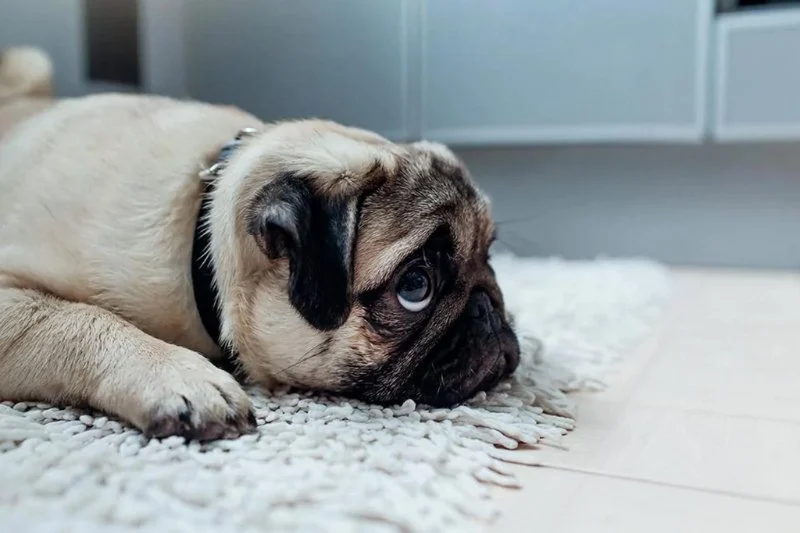
- 1. Understanding Separation Anxiety in Pets
- 2. Symptoms of Separation Anxiety in Dogs & Cats
- 3. Causes of Separation Anxiety
- 4. Effective Treatments for Separation Anxiety
- 5. Preventing Separation Anxiety in the Future
- 6. Conclusion: Helping Your Pet Overcome Anxiety
1. Understanding Separation Anxiety in Pets
Separation anxiety is a common condition that affects many pets, particularly dogs and cats. It occurs when pets become overly anxious or stressed when separated from their owners or left alone. This can lead to destructive behaviors, excessive barking, crying, or even house soiling. Understanding what separation anxiety is and how it affects your pet is the first step in addressing the problem.
Pets with separation anxiety may exhibit varying symptoms, and the level of anxiety can differ from one animal to another. Whether you're dealing with a new puppy or an older pet, recognizing the signs of anxiety and taking appropriate steps is essential for their well-being.

VIP Petcare Vaccination Clinic
GeorgetownScott CountyKentucky
106 Marketplace Cir, Georgetown, KY 40324, USA
2. Symptoms of Separation Anxiety in Dogs & Cats
It’s important to identify the symptoms of separation anxiety early on so you can take action before the problem escalates. Below are some common signs of separation anxiety in both dogs and cats:
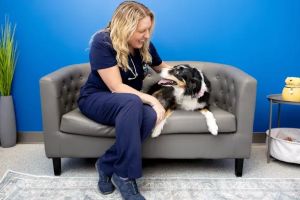
PetVet365 Pet Hospital Lexington/Richmond Rd
LexingtonFayette CountyKentucky
2870 Richmond Rd Suite 160 and 170, Lexington, KY 40509, USA
For Dogs:
- Excessive barking or howling: Dogs with separation anxiety often bark or howl excessively when left alone, which can disturb neighbors.
- Destructive behaviors: Chewing furniture, scratching doors, or digging are common signs of anxiety in dogs.
- Accidents in the house: Even if house-trained, a dog may urinate or defecate when stressed.
- Pacing or restlessness: Dogs may walk around anxiously or refuse to settle down when left alone.
For Cats:
- Excessive meowing or yowling: Cats with separation anxiety may vocalize loudly when their owners leave.
- Urine marking: Cats may mark their territory by urinating inappropriately as a response to stress.
- Refusing to eat or drink: Some cats may lose their appetite or avoid drinking water when anxious.
- Over-grooming or scratching: Cats may excessively groom themselves or scratch furniture as a coping mechanism.
3. Causes of Separation Anxiety
Separation anxiety can be triggered by a variety of factors, including:
- Changes in routine: Moving to a new home, changes in family structure, or a new work schedule can disrupt a pet’s sense of security.
- Previous traumatic experiences: Pets that have been abandoned, rehomed, or experienced a traumatic event may develop anxiety when left alone.
- Lack of socialization: Pets that have not been properly socialized or exposed to being left alone as puppies or kittens may develop anxiety later in life.
- Medical issues: Pain or illness can also cause changes in behavior that may mimic anxiety, so it’s important to rule out physical health problems.
4. Effective Treatments for Separation Anxiety
Addressing separation anxiety requires a combination of behavioral modifications, training, and sometimes medication. Here are some effective strategies:
- Gradual desensitization: Slowly increase the time you spend away from your pet to help them get used to being alone. Start with short absences and gradually work up to longer periods.
- Creating a safe space: Set up a quiet, comfortable area where your pet feels secure when you’re not around. Use toys, blankets, or even clothing with your scent to provide comfort.
- Providing mental stimulation: Interactive toys, puzzle feeders, or calming music can help keep your pet entertained and distracted when you’re away.
- Positive reinforcement: Reward your pet with treats and affection when they behave calmly during your departures and arrivals.
- Medication: In severe cases, your veterinarian may recommend anti-anxiety medications or natural calming supplements to help reduce stress levels.
5. Preventing Separation Anxiety in the Future
Preventing separation anxiety from developing in the first place is the ideal scenario. Here are a few tips to help prevent anxiety in your pets:
- Start early: Begin crate training and short separations as early as possible to help your pet get used to being alone.
- Provide consistency: Keep a consistent daily routine for feeding, exercise, and bathroom breaks to help your pet feel secure.
- Avoid punishment: Never punish your pet for anxious behaviors. This can make the problem worse and cause additional stress.
6. Conclusion: Helping Your Pet Overcome Anxiety
Separation anxiety can be a challenging issue for both pets and their owners. However, with the right treatment and preventive measures, you can help your pet feel more secure and comfortable when left alone. By understanding the causes, recognizing the symptoms, and implementing effective strategies, you can work towards managing or even eliminating separation anxiety in your dog or cat.
If you’re looking for expert advice on managing pet anxiety or need calming products for your pets, visit Pet & Puppy today. We offer a variety of resources and solutions to help you and your furry friends live stress-free.


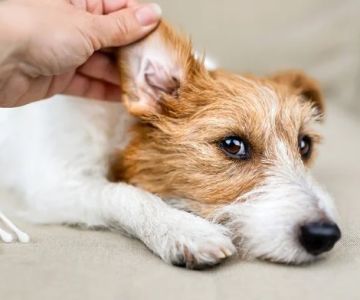

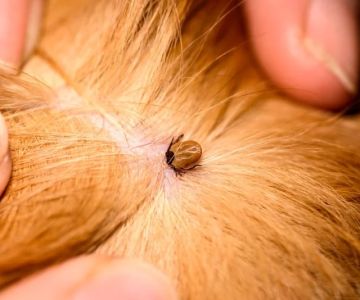

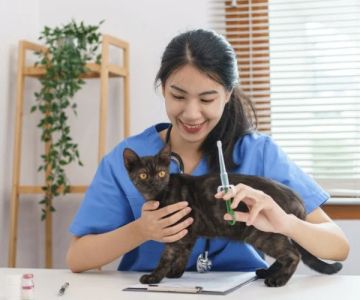
 Midway Small Animal Clinic4.0 (142 reviews)
Midway Small Animal Clinic4.0 (142 reviews) Lovet Pet Health Care - Dobson Ranch4.0 (1119 reviews)
Lovet Pet Health Care - Dobson Ranch4.0 (1119 reviews) PetVet365 Pet Hospital Lexington/Harrodsburg Rd4.0 (114 reviews)
PetVet365 Pet Hospital Lexington/Harrodsburg Rd4.0 (114 reviews) Audubon Animal Hospital4.0 (247 reviews)
Audubon Animal Hospital4.0 (247 reviews) Caring Critters Animal Hospital4.0 (641 reviews)
Caring Critters Animal Hospital4.0 (641 reviews) VIP Petcare Vaccination Clinic0.0 (0 reviews)
VIP Petcare Vaccination Clinic0.0 (0 reviews)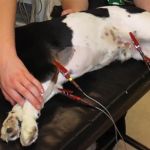 The Adoption of Wearable EKG / Heart Monitors for Dogs & Cats – Benefits & Insights
The Adoption of Wearable EKG / Heart Monitors for Dogs & Cats – Benefits & Insights Transitioning Pets to a New Brand: Timelines & Guidelines
Transitioning Pets to a New Brand: Timelines & Guidelines How to Detect & Manage Pet Ear Tumors: Signs, Treatment & Care
How to Detect & Manage Pet Ear Tumors: Signs, Treatment & Care How to Vet & Interview a Prospective Veterinarian: A Complete Guide for Pet Owners
How to Vet & Interview a Prospective Veterinarian: A Complete Guide for Pet Owners Canine Cognitive Dysfunction: How to Recognize & Manage Pet Dementia in Dogs
Canine Cognitive Dysfunction: How to Recognize & Manage Pet Dementia in Dogs Genetic Testing for Pets: What You Can Learn & What’s Useful
Genetic Testing for Pets: What You Can Learn & What’s Useful